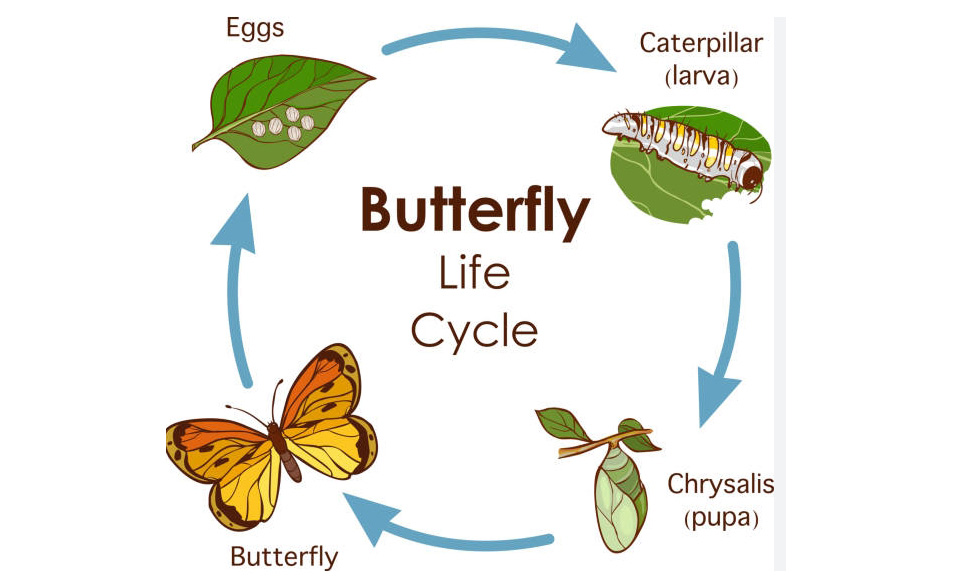Title: The Fascinating World of “Meow”
Introduction
The sound “meow” may seem simple, yet it embodies a rich and complex form of communication among cats. Understanding this vocalization can significantly enhance the bond we share with our furry friends. In this blog post, we will explore the significance of meowing, the various reasons behind it, and how you can better interpret what your cat is trying to say.
Understanding Cat Communication
Cats are known for their unique ways of expressing themselves, and meowing is one of their primary vocalizations. Unlike dogs, who often bark to communicate a range of emotions, cats primarily use meows when interacting with humans. This behavior is particularly evident in domesticated cats, who have adapted their vocalizations to cater to human responses. By paying attention to the tone, frequency, and context of a meow, cat owners can gain insights into their pet’s feelings and needs, whether it’s hunger, affection, or even a desire to play.
The Different Types of Meows
Not all meows are created equal. Cats can vary their pitches and lengths to convey different messages. A high-pitched, rapid meow might indicate excitement or a request for attention, while a low, slow meow could signal annoyance or discomfort. Additionally, some cats develop their own unique “languages” with their owners, using specific sounds that correlate with certain behaviors. For example, a cat may use a particular meow when it’s time for dinner, while a different tone may emerge when seeking comfort. Learning to recognize these differences can strengthen the relationship between you and your cat.
Why Do Cats Meow?
Meowing serves various purposes in a cat’s life. Kittens meow to communicate with their mothers, but as they grow, they tend to reserve this vocalization mostly for human interaction. Older cats might meow more frequently due to health issues, disorientation, or anxiety. It’s essential for cat owners to monitor these changes in vocal behavior; unusual or excessive meowing could indicate a need for veterinary attention. Understanding the reasons behind your cat’s meows will not only help you address any potential issues but also allow you to forge a deeper emotional connection with your pet.
Conclusion
The meow is more than just a sound; it is a vital aspect of how cats communicate with us and each other. By delving into the nuances of this vocalization, you can enhance your understanding and bond with your feline companion. If you’re intrigued by your cat’s meows, consider observing and noting their patterns more closely. Every meow is a little piece of your cat’s personality, waiting to be understood. Happy meowing!




